Opinion & Analysis
Tom Wishon’s keys to set makeup

The professional club fitter knows that the set makeup part of the fitting recommendation can be one of the most effective ways to offer measurable improvement to the player, especially for the many millions of average-to-less-skilled golfers.
The reason set makeup fitting has become such a valuable path to game improvement for the average player is simply because of the industry’s move to longer-length woods and lower-lofted irons in the past 30 years.
My experiences have taught me that 3 woods with 14 degrees of loft and 43.5-inch lengths are of little to no help to most average golfers. Neither are many 3, 4 and 5 irons, because of their very low lofts. Yet how many average golfers have these clubs within their current set makeup? Most of them, because of the way so many clubs are sold to average golfers.
It used to be that golfers would buy a driver, 3 wood, 5 wood and a set of irons, 3-PW. Even a recent shift to iron sets of 4-GW still leaves the average golfer with two of the irons with too little loft that many golfers can’t hit well enough to merit carrying them in the bag.
Thus, the common sense goal of set makeup fitting will always be to replace all clubs that the golfer cannot hit consistently well with clubs that hit the ball the same distance, but are easier to hit.
The club fitter’s No. 1 key to set makeup fitting is to find out the lowest-lofted wood and the lowest-lofted iron that the golfer can hit with reasonable consistency in terms of getting the ball up in the air and to fly between the tree lines of the hole. Of these provisos, consistency in hitting the ball well up in the air is key because the fitter can always reduce slice or hook with a length and face angle change in the replacement wood and/or hybrid.
If the golfer cannot hit the 3 wood or 4 wood well up in the air at least 4 of 6 times, the club should not be in the bag. It is far better to have the first wood after the driver be a 5 wood or even 7 wood that the golfer can hit up in the air more than 90 percent of the time and give up a little distance, than to keep hoping for the right swing to be able to hit lower-lofted woods. If the golfer takes lessons and improves, then fine, lower-lofted woods can always be added later.
In terms of the irons, obviously we are talking about replacing low-lofted irons with hybrids or high-lofted fairway woods. Within this is also the matter of what lofts and lengths in the higher-lofted woods are going to deliver the same distance the golfer would have gotten if he or she were to hit the lower-lofted irons well.
Length wise, it is just so much wiser to fit hybrids with the same length as the irons being replaced because that leads to a more consistent distance gap between the lowest lofted iron and the hybrid just above it. Loft wise, it depends on the golfer’s clubhead speed.
The higher the club head speed (typically more than 80 mph with the 6 iron), the more likely it is that the replacement woods or hybrids may need to have a little more loft than the irons being replaced to offer the right distance and distance gap between the last hybrid or fairway wood and the first iron.
As to whether to go to a high-lofted wood or hybrid for the iron replacements, the club fitter consults two things:
- The more the golfer sweeps the ball rather than hits down on the ball, the more likely that high-lofted woods will be a golfer’s iron replacements.
- The golfer’s personal preference/opinion as to whether they are more comfortable or confident with a fairway wood or a hybrid is also key to the selection of the low-loft iron replacement clubs.
Club head speed also plays a role in the set makeup determination. The slower the club head speed, the shorter the distance gap from normal 4-degree loft increments between clubs. Why saddle a slower speed player with a combination of 13 woods and irons when a 4-degree loft gap offers only 6-to-7 yards of difference between each club?
For the good player, set makeup fitting certainly will include some of the same elements for the average player. Not all players who shoot in the 70s can consistently hit the a 3 wood high enough or consistently enough off the deck, nor can they hit a 3 iron (sometimes even a 4 iron) well enough to say it is better to keep it in the bag than an easier-to-hit hybrid that flies the same distance.
For many good players, set makeup fitting has to focus on several other areas:
- Let’s say you can hit your 3 and 4 irons up in the air. Can you stop those shots on the green as well as you could if you hit a higher-launching hybrid that flies the same distance?
- Does your higher club head speed or later release cause a much higher flight with your hybrids so that in high-wind conditions you have control or distance problems? If so, be smart and use hybrids on calmer days and put the lower-lofted irons back in the bag on windy days.
- Players who can get a little off line from day to day might consider replacing their 3 wood and 5 wood with a strong 2 hybrid that is in the area of 40-to-41 inches in length for more control.
- Different horses for different courses. Good players should always have an array of alternative clubs that are better suited to different courses and different hole designs.
Alternative clubs to consider in the set makeup
- A longer-length driver for more wide-open courses and a shorter-length driver for tighter layouts.
- A high-COR, slightly shorter 3 wood or shorter length “mini-driver” for tee shots on courses with more tight par 4s and par 5s.
- A 3 and 4 hybrid for courses with longer par 3s and par 4s that call for long approach shots that have to stick when they land.
- Two drivers — one with less loft, one with more loft — for up and downwind holes on courses where the wind blows frequently and with velocity.
Set makeup fitting is really a test of the golfer’s common sense and control over their ego. To play consistently well, golf shall forever be a game of percentages and good misses. Smart set makeup fitting involves using clubs that give the golfer a higher percentage of consistent shots to improve both the percentage of quality shots and good misses.
Do you think Y.E. Yang feels he is less of a golfer or cares if anyone snickers about the number of hybrids he has been known to carry? At least he didn’t when he beat Tiger Woods at the 2009 PGA Championship at Hazeltine.
As a final note, the wedges are most certainly an area in which set makeup fitting plays a significant role in the golfer’s goal to play to the best of their ability. We’ll cover that later in this series when we discuss the topic of wedge fitting.
Related
- What length should your clubs be?
- What lofts should your clubs be?
- Face angle is crucial for a proper fitting
- The best way to fit lie angle
- How to choose the right club head design
- Tom Wishon’s keys to set makeup
- Getting the right size grip, time after time
- What shaft weight should you play?
- What swing weight should your clubs be?
- What shaft flex should I use?
This story is part of a 10-part series from Tom Wishon on professional club fitting.
- LIKE328
- LEGIT55
- WOW11
- LOL3
- IDHT4
- FLOP5
- OB8
- SHANK10
Opinion & Analysis
Ryan: Why the race to get better at golf might be doing more harm than good

B.F. Skinner was one of the most important psychologists of the 20th century, developing the foundation of the development of reinforcement, and in doing so, creating the concept of behaviorism. In simple terms, this means that we are conditioned by our habits. In practical terms, it explains the divide between the few and far between elite instructors and college coaches.
To understand the application, let’s quickly review one of B.F. Skinner’s most important experiments; superstitions in the formation of behavior by pigeons. In this experiment, food was dispensed to pigeons at random intervals. Soon, according to Skinner, the pigeons began to associate whatever action they were doing at the time of the food being dispensed. According to Skinner, this conditioned that response and soon, they simply haphazardly repeated the action, failing to distinguish between cause and correlation (and in the meantime, looking really funny!).
Now, this is simply the best way to describe the actions of most every women’s college golf coach and too many instructors in America. They see something work, get positive feedback and then become conditioned to give the feedback, more and more, regardless of if it works (this is also why tips from your buddies never work!).
Go to a college event, particularly a women’s one, and you will see coaches running all over the place. Like the pigeons in the experiment, they have been conditioned into a codependent relationship with their players in which they believe their words and actions, can transform a round of golf. It is simply hilarious while being equally perturbing
In junior golf, it’s everywhere. Junior golf academies make a living selling parents that a hysterical coach and over-coaching are essential ingredients in your child’s success.
Let’s be clear, no one of any intellect has any real interest in golf — because it’s not that interesting. The people left, including most coaches and instructors, carve out a small fiefdom, usually on the corner of the range, where they use the illusion of competency to pray on people. In simple terms, they baffle people with the bullshit of pseudo-science that they can make you better, after just one more lesson.
The reality is that life is an impromptu game. The world of golf, business, and school have a message that the goal is being right. This, of course, is bad advice, being right in your own mind is easy, trying to push your ideas on others is hard. As a result, it is not surprising that the divorce rate among golf professionals and their instructors is 100 percent. The transfer rate among college players continues to soar, and too many courses have a guy peddling nefarious science to good people. In fact, we do at my course!
The question is, what impact does all this have on college-age and younger kids? At this point, we honestly don’t know. However, I am going to go out on a limb and say it isn’t good.
Soren Kierkegaard once quipped “I saw it for what it is, and I laughed.” The actions of most coaches and instructors in America are laughable. The problem is that I am not laughing because they are doing damage to kids, as well as driving good people away from this game.
The fact is that golfers don’t need more tips, secrets, or lessons. They need to be presented with a better understanding of the key elements of golf. With this understanding, they can then start to frame which information makes sense and what doesn’t. This will emancipate them and allow them to take charge of their own development.
- LIKE13
- LEGIT4
- WOW1
- LOL2
- IDHT0
- FLOP1
- OB0
- SHANK10
19th Hole
Vincenzi’s 2024 Valspar Championship betting preview: Elite ballstrikers to thrive at Copperhead

The PGA TOUR will stay in Florida this week for the 2024 Valspar Championship.
The Copperhead Course at Innisbrook Resort is a par 71 measuring 7,340 yards and features Bermudagrass greens overseeded with POA. Infamous for its difficulty, the track will be a tough test for golfers as trouble lurks all over the place. Holes 16, 17 and 18 — also known as the “Snake Pit” — make up one of the toughest three-hole stretches in golf and should lead to a captivating finish on Sunday.
The field is comprised of 156 golfers teeing it up. The field this week is solid and is a major improvement over last year’s field that felt the impact of players skipping due to a handful of “signature events” in a short span of time.
Past Winners at Valspar Championship
- 2023: Taylor Moore (-10)
- 2022: Sam Burns (-17)
- 2021: Sam Burns (-17)
- 2019: Paul Casey (-8)
- 2018: Paul Casey (-10)
- 2017: Adam Hadwin (-14)
- 2016: Charl Schwartzel (-7)
- 2015: Jordan Spieth (-10)
In this article and going forward, I’ll be using the Rabbit Hole by Betsperts Golf data engine to develop my custom model. If you want to build your own model or check out all of the detailed stats, you can sign up using promo code: MATTVIN for 25% off any subscription package (yearly is best value).
Key Stats For Copperhead
1. Strokes Gained: Approach
Strokes Gained: Approach grades out as the most important statistic once again this week. Copperhead really can’t be overpowered and is a second-shot golf course.
Total SG: Approach Over Past 24 Rounds (per round)
- Tony Finau (+.90)
- Nick Taylor (+.81)
- Justin Thomas (+.77)
- Greyson Sigg (+.69)
- Christiaan Bezuidenhout (+.67)
2. Good Drive %
The long hitters can be a bit limited here due to the tree-lined fairways and penal rough. Playing from the fairways will be important, but laying back too far will cause some difficult approaches with firm greens that may not hold shots from long irons.
Golfers who have a good balance of distance and accuracy have the best chance this week.
Good Drive % Over Past 24 Rounds
- Brice Garnett (+91.3%)
- Zach Johnson (+91.1%)
- Sam Ryder (+90.5%)
- Ryan Moore (+90.4%)
- Aaron Rai (+89.7%)
3. Strokes Gained: Ball Striking
Adding ball-striking puts even more of a premium on tee-to-green prowess in the statistical model this week. Golfers who rank highly in ball-striking are in total control of the golf ball which is exceedingly important at Copperhead.
SG: Ball Striking Over Past 24 Rounds:
- Xander Schauffele (+1.32)
- Keith Mitchell (+1.29)
- Tony Finau (+1.24)
- Cameron Young (+1.17)
- Doug Ghim (+.95)
4. Bogey Avoidance
With the conditions likely to be difficult, avoiding bogeys will be crucial this week. In a challenging event like the Valspar, oftentimes the golfer who is best at avoiding mistakes ends up on top.
Gritty golfers who can grind out difficult pars have a much better chance in an event like this than a low-scoring birdie-fest.
Bogey Avoidance Over Past 24 Rounds
- Brice Garnett (+9.0)
- Xander Schauffele (+9.3)
- Austin Cook (+9.7)
- Chesson Hadley (+10.0)
- Greyson Sigg (+10.2)
5. Strokes Gained: Total in Difficult Conditions
Conditions will be tough this week at Copperhead. I am looking for golfers who can rise to the occasion if the course plays as difficult as it has in the past.
Strokes Gained: Total in Difficult Conditions Over Past 24 rounds
- Xander Schauffele (+1,71)
- Min Woo Lee (+1.39)
- Cameron Young (+1.27)
- Jordan Spieth (+1.08)
- Justin Suh (+.94)
6. Course History
That statistic will tell us which players have played well at Copperhead in the past.
Course History Over Past 24 rounds
- Patrick Cantlay (+3.75)
- Sam Burns (+2.49)
- Davis Riley (+2.33)
- Matt NeSmith (+2.22)
- Jordan Spieth (+2.04)
The Valspar Championship Model Rankings
Below, I’ve compiled overall model rankings using a combination of the five key statistical categories previously discussed — SG: Approach (27%), Good Drive % (15%), SG: BS (20%), Bogeys Avoided (13%), Course History (13%) Strokes Gained: Total in Difficult Conditions (12%).
- Xander Schauffele
- Doug Ghim
- Victor Perez
- Greyson Sigg
- Ryan Moore
- Tony Finau
- Justin Thomas
- Sam Ryder
- Sam Burns
- Lucas Glover
2024 Valspar Championship Picks
Justin Thomas +1400 (DraftKings)
Justin Thomas will be disappointed with his finish at last week’s PLAYERS Championship, as the past champion missed the cut despite being in some decent form heading into the event. Despite the missed cut, JT hit the ball really well. In his two rounds, the two-time major champion led the field in Strokes Gained: Approach per round.
Thomas has been up and down this season. He’s missed the cut in two “signature events” but also has finishes of T12 at the Arnold Palmer Invitational, T12 at the Waste Management Phoenix Open, T6 at the Pebble Beach AT&T Pro-Am and T3 at the American Express. In his past 24 rounds, he ranks 3rd in the field in Strokes Gained: Approach and 6th in Strokes Gained: Ball Striking in the field.
Thomas loves Copperhead. In his last three tries at the course, he’s finished T13, T3 and T10. Thomas would have loved to get a win at a big event early in the season, but avoidable mistakes and a balky putter have cost him dearly. I believe a trip to a course he loves in a field he should be able to capitalize on is the right recipe for JT to right the ship.
Christiaan Bezuidenhout +6000 (FanDuel)
Christiaan Bezuidenhout is playing spectacular golf in the 2024 season. He finished 2nd at the American Express, T20 at Pebble Beach and T24 at the Genesis Invitational before finishing T13 at last week’s PLAYERS Championship.
In his past 24 rounds, the South African ranks 3rd in the field in Strokes Gained: Approach and 26th in Strokes Gained: Ball Striking. Bezuidenhout managed to work his way around TPC Sawgrass last week with minimal damage. He only made five bogeys in the entire week, which is a great sign heading into a difficult Copperhead this week.
Bezuidenhout is winless in his PGA Tour career, but certainly has the talent to win on Tour. His recent iron play tells me that this week could be a breakthrough for the 35-year-old who has eyes on the President’s Cup.
Doug Ghim +8000 (FanDuel)
Doug Ghim has finished in the top-16 of his past five starts. Most recently, Ghim finished T16 at The PLAYERS Championship in a loaded field.
In his past 24 rounds, Ghim ranks 8th in Strokes Gained: Approach and 5th in Strokes Gained: Ball Striking. In terms of his fit for Copperhead, the 27-year-old ranks 12th in Bogey Avoidance and 7th in Strokes Gained: Total in Difficult Conditions, making him a great fit for the course.
Ghim has yet to win on Tour, but at one point he was the top ranked Amateur golfer in the world and played in the 2017 Arnold Palmer Cup and 2017 Walker Cup. He then won the Ben Hogan award for the best male college golfer in 2018. He certainly has the talent, and there are signals aplenty that his talent in ready to take him to the winner’s circle on the PGA Tour.
Sepp Straka +8000 (BetRivers)
Sepp Straka is a player who’s shown he has the type of game that can translate to a difficult Florida golf course. The former Presidents Cup participant won the 2022 Honda Classic in tough conditions and should thrive with a similar test at Copperhead.
It’s been a slow 2024 for Straka, but his performance last week at the PLAYERS Championship surely provides some optimism. He gained 5.4 strokes on approach as well as 1.88 strokes off the tee. The tee-to-green game Straka showed on a course with plenty of danger demonstrates that he can stay in control of his golf ball this week.
It’s possible that the strong performance last week was an outlier, but I’m willing to bet on a proven winner in a weaker field at a great number.
Victor Perez +12000 (FanDuel)
Victor Perez is no stranger to success in professional golf. The Frenchman has three DP World Tour wins including a Rolex Series event. He won the 2019 Alfred Dunhill Links Championship, as well as the 2023 Abu Dhabi HSBC Championship, which are some big events.
Perez earned his PGA Tour card this season and enters the week playing some fantastic golf. He finished in a tie for 16th in Florida at the Cognizant Classic and then tied for third in his most recent start at the Puerto Rico Open.
In his past 24 rounds in the field, Perez ranks 11th in Strokes Gained: Approach, 1oth in Strokes Gained: Ball Striking, 6th in Good Drive % and 15th in Bogey Avoidance.
Perez comes in as a perfect fit for Copperhead and offers serious value at triple-digit odds.
- LIKE16
- LEGIT3
- WOW2
- LOL1
- IDHT0
- FLOP1
- OB2
- SHANK6
Opinion & Analysis
Myrtle Beach, Explored: February in South Carolina

As I gain in experience and age, and familiarity breeds neither contempt nor disdain, I understand why people return to a place. A destination like Myrtle Beach offers a sizable supply and diversity of restaurants, entertainment venues, and shops that are predicated on the tenets of the service industry. Greet your customers with a smile and a kind word, and they will find comfort and assurance. Provide them with a memorable experience and they will suggest your place of business to others.
My first tour of Myrtle Beach took place in the mid-1980s, and consisted of one course: Gator Hole. I don’t remember much from that day, and since Gator Hole closed a decade later, I cannot revisit it to recollect what I’d lost. Since then, I’ve come to the Grand Strand a few times, and been fortunate to never place a course more than once. I’ve seen the Strantz courses to the south and dipped my toe in the North Carolina courses of Calabash. I’ve been to many in the middle, including Dunes, Pine Lakes, Grande Dunes among them.
2024 brought a quartet of new courses, including two at the Barefoot Resort. I’d heard about the North Myrtle Beach four-pack of courses that highlight the Barefoot property, including layouts from Pete Dye, Tom Fazio, Davis Love III, and Greg Norman. I had the opportunity to play and shoot the Dye and Fazio tracks, which means that I’ll have to return to see the other two. Sandwiched between them were the TPC-Myrtle Beach course, also from Tom Fazio, and the Pawley’s Plantation trace, by the hand of Jack Nicklaus. I anticipated a bit of the heroic, and bit of the strategic, and plenty of eye candy. None of those architects would ever be considered a minimalist, so there would be plenty of in-play and out-of-play bunkers and mounds to tantalize the senses.
My nephew arrived a few days early, to screen a few more courses. As a result, you the reader will have an extra quarter of mini-reviews, bringing the total of courses in this piece to eight. It was inconceivable that CJR would play four courses that I had never played nor photographed, but that was the case. His words appear at the end of this piece. We hope that you enjoy the tour.
Main Feature: Two Barefoots, a TPC, and Pawley’s Plantation
What Paul “Pete” Dye brought back from his trips to the United Kingdom, hearkened back to what C.B. MacDonal did, some 65 years prior. There is a way of finding bunkers and fairways, and even green sites, that does not require major industrial work. The Dye course at Barefoot Resorts takes you on a journey over the rumpled terrain of distant places. If there’s one element missing, it’s the creased and turbulent fairways, so often found in England and Ireland. The one tenet of playing a Dye course, is to always aim away from temptation, from where your eyes draw you. Find the safe side of the target, and you’ll probably find your ball. It then stands that you will have a shot for your next attempt. Cut the corner, and you might have need to reload. The Barefoot course begins gently, in terms of distance, but challenges with visual deception. After two brief 4s and a 3, the real work begins. The course is exposed enough, to allow the coastal winds to dance along the fairways. Be ready to keep the ball low and take an extra club or two.
If memory serves, TPCMB is my first trek around a TPC-branded course. It had all the trappings of a tour course, from the welcome, through the clubhouse, to the practice facilities and, of course, the course. TPC-Myrtle Beach is a Tom Fazio design, and if you never visit Augusta National, you’ll now have an idea of what it is like. You play Augusta’s 16th hole twice at TPCMB, and you enjoy it both times. Fazio really likes the pond-left, green-angle-around par three hole, and his two iterations of it are memorable.
You’ll also see those Augusta bunkers, the ones with the manicured edges that drop into a modestly-circular form. What distinguishes these sand pits is the manner in which they rise from the surrounding ground. They are unique in that they don’t resemble the geometric bunkering of a Seth Raynor, nor the organic pits found in origin courses. They are built, make no mistake, and recovery from them is manageable for all levels of bunker wizardry.
If you have the opportunity to play the two Tom Fazio courses back to back, you’ll notice a marked difference in styling. Let me digress for a moment, then circle back with an explanation. It was written that the NLE World Woods course designed by Fazio, Pine Barrens, was an homage to Pine Valley, the legendary, New Jersey club where Fazio is both a member and the architect on retainer. The Pine Barrens course was plowed under in 2022, so the homage no longer exists. At least, I didn’t think that it existed, until I played his Barefoot Resort course in North Myrtle Beach.
Pine Valley might be described as an aesthetic of scrub and sand. There are mighty, forced carries to travers, along with sempiternal, sandy lairs to avoid. Barefoot Fazio is quite similar. If you’re not faced with a forced carry, you’ll certainly contend with a fairway border or greenside necklace of sand. When you reach the 13th tee, you’ll face a drive into a fairway, and you might see a distant green, with a notable absence: flagstick. The 13th is the icing on the homage cake, a callout of the 8th hole at Pine Valley. Numero Ocho at the OG has two greens, side by side, and they change the manner in which the hole plays (so they say.) At Barefoot Fazio, the right-side green is a traditional approach, with an unimpeded run of fairway to putting surface. The left-side green (the one that I was fortunate to play) demands a pitch shot over a wasteland. It’s a fitting tribute for the rest of us to play.
Be certain to parrot the starter, Leon’s, advice, and play up a deck of tees. Barefoot Fazio offers five par-three holes, so the fours and fives play that much longer. Remember, too, that you are on vacation. Why not treat yourself to some birdie looks?
The Jack Nicklaus course at Pawley’s Plantation emerged from a period of hibernation in 2024. The greens were torn up and their original contours were restored. Work was overseen by Troy Vincent, a member of the Nicklaus Architecture team. In addition, the putting corridors were reseeded with a hardier, dwarf bermuda that has experienced great success, all along the Grand Strand that is Myrtle Beach.
My visit allowed me to see the inward half first, and I understand why the resort wishes to conclude your day on those holes. The front nine of Pawley’s Plantation works its way through familiar, low country trees and wetlands. The back nine begins in similar fashion, then makes its way east, toward the marsh that separates mainland from Pawley’s Island. Recalling the powerful sun of that Wednesday morning, any round beginning on the second nine would face collateral damage from the warming star. Much better to hit holes 11 to close when the sun is higher in the sky.
The marshland holes (12 through 17) are spectacular in their raw, unprotected nature. The winds off the Atlantic are unrelenting and unforgiving, and the twin, par-three holes will remain in your memory banks for time’s march. In typical Golden Bear fashion, a majority of his putting targets are smallish in nature, reflecting his appreciation for accurate approach shots. Be sure to find the forgiving side of each green, and err to that portion. You’ll be grateful.
Bonus Coverage: Myrtlewood, Beechwood, Arrowhead, and King’s North
Arrowhead (Raymond Floyd and Tom Jackson)
A course built in the middle of a community, water threatens on most every hole. The Cypress 9 provides a few holes forcing a carried drive then challenge you with water surrounding the green. On Waterway, a drivable 2nd hole will tempt most, so make sure the group ahead has cleared the green.
Myrtlewood (Edmund Alt and Arthur Hills) and Beechwood (Gene Hamm)
A middle of the winter New Englander’s paradise. Wide open fairways, zero blind shots and light rough allow for shaking off the rust and plenty of forgiveness. A plethora of dog legs cause one to be cautious with every tee shot. Won’t break the bank nor the scorecard.
King’s North @ Myrtle Beach National (Arnold Palmer)
- LIKE2
- LEGIT0
- WOW0
- LOL0
- IDHT0
- FLOP1
- OB0
- SHANK1
-

 Whats in the Bag3 weeks ago
Whats in the Bag3 weeks agoScottie Scheffler WITB 2024 (March)
-

 19th Hole11 hours ago
19th Hole11 hours agoJohn Daly stuns fans into silence with brutal opening tee shot on PGA Tour Champions
-

 19th Hole3 weeks ago
19th Hole3 weeks agoPaulina Gretzky opens up on receiving death threats following DJ’s move to LIV Golf
-
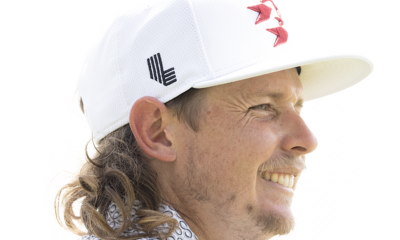
 19th Hole3 weeks ago
19th Hole3 weeks agoVincenzi’s LIV Golf Hong Kong betting preview: Trio of major champs primed for big week
-

 19th Hole4 days ago
19th Hole4 days ago2-time major champ announces shock retirement from the sport at age of 33
-

 19th Hole5 days ago
19th Hole5 days agoEdoardo Molinari reveals the latest PGA Tour golfer to turn down ‘good offer’ from LIV Golf
-

 19th Hole1 week ago
19th Hole1 week agoScottie Scheffler had an interesting response when asked how he ‘quiets the noise’ following Players victory
-

 19th Hole6 days ago
19th Hole6 days agoJon Rahm dealt fresh blow to hopes of qualifying for 2025 Ryder Cup


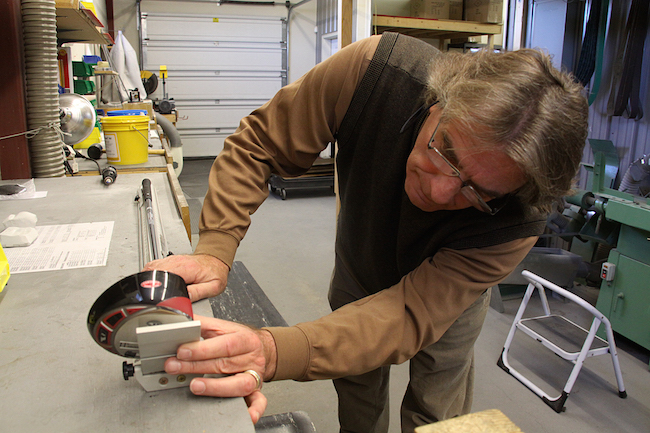



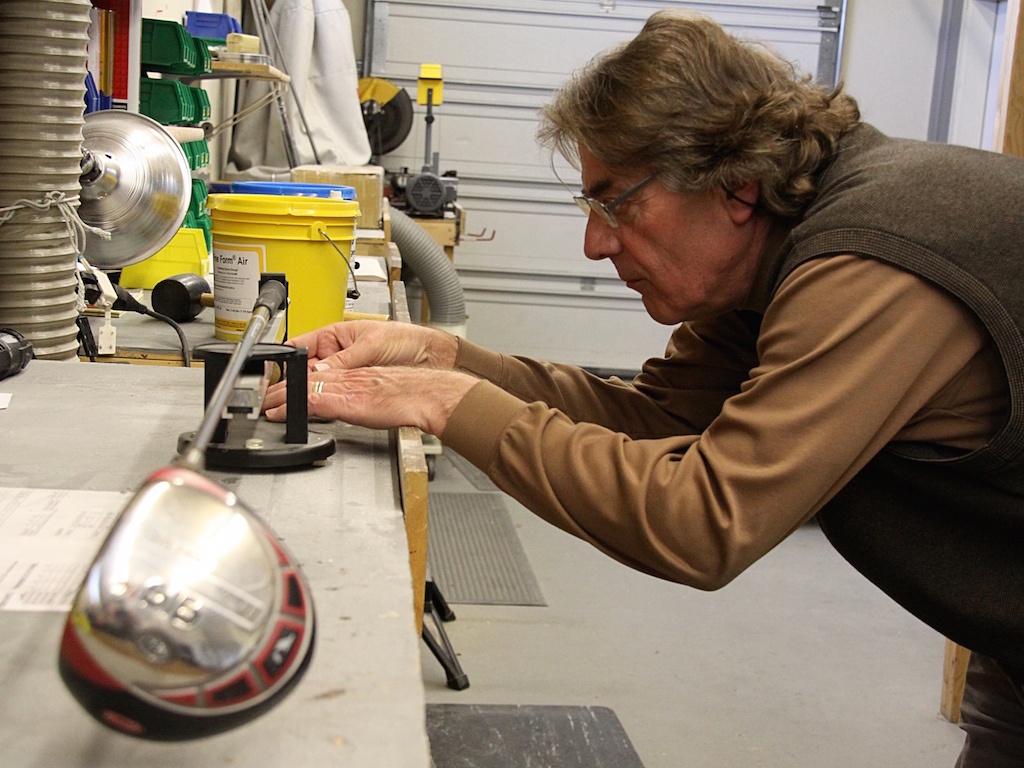

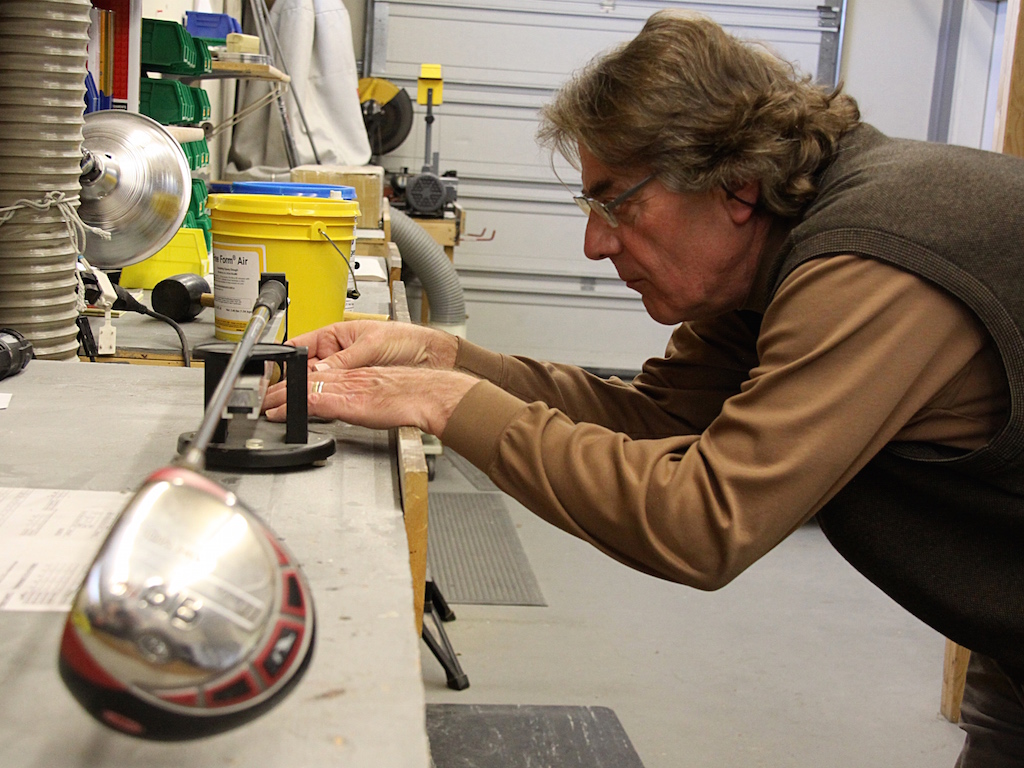

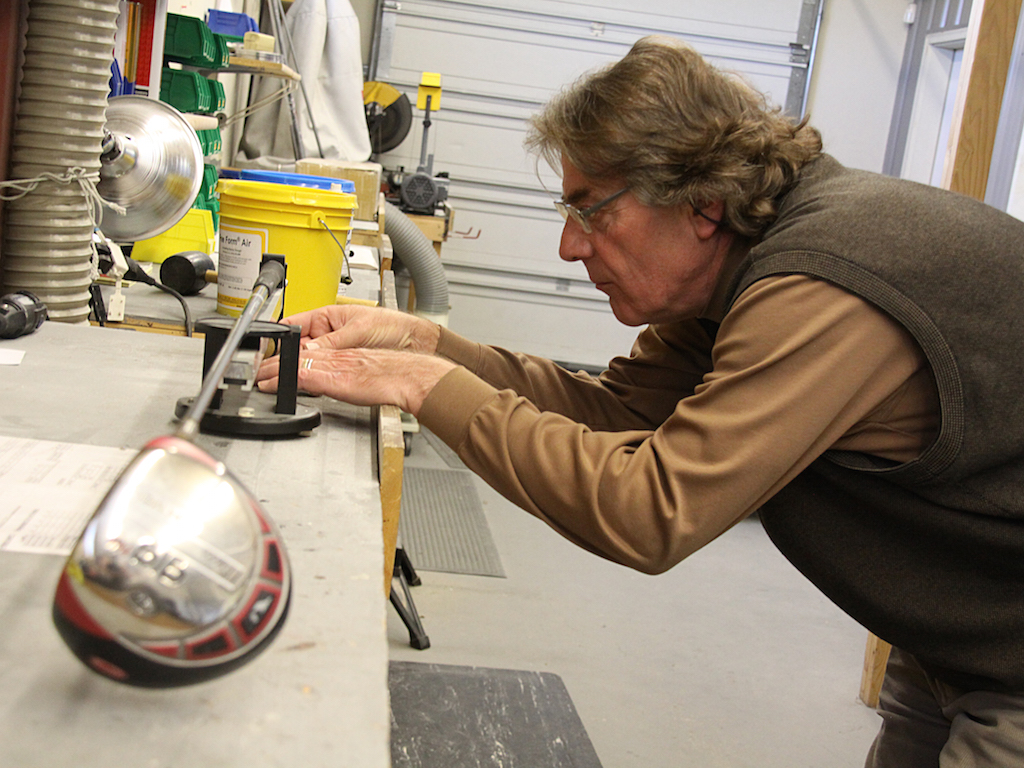
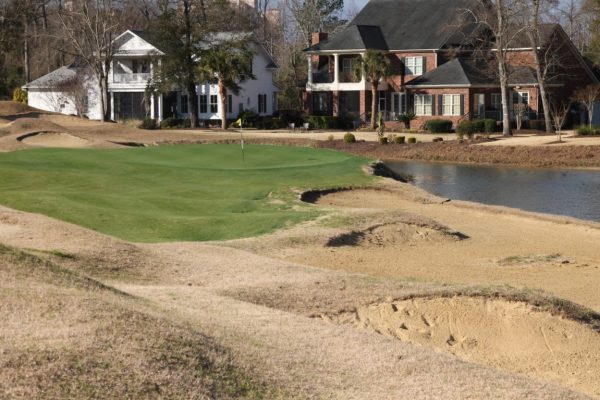
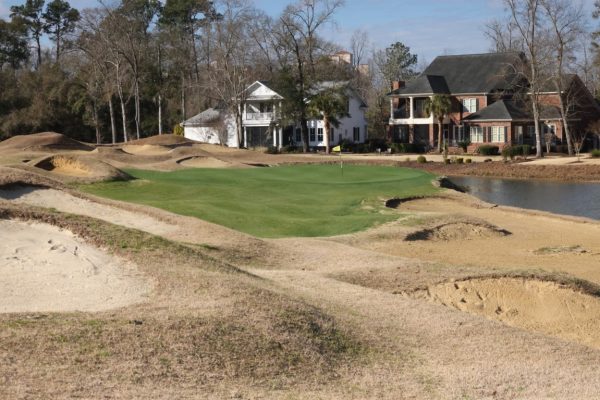
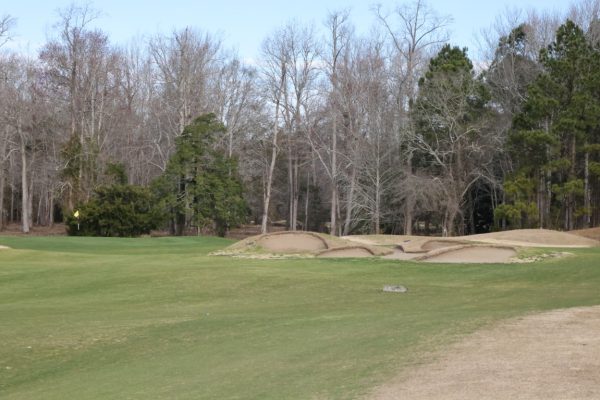
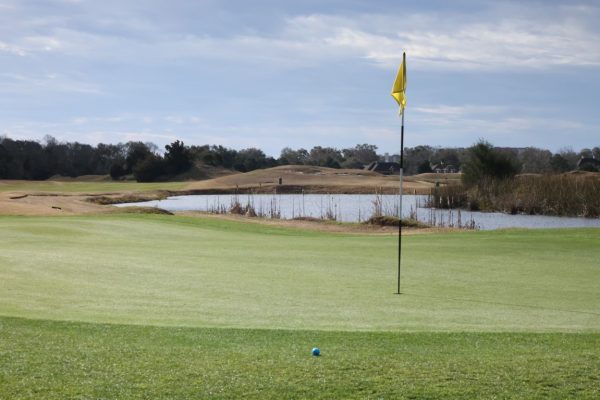
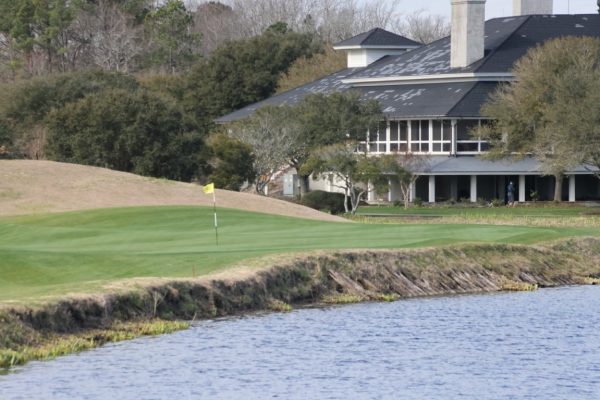
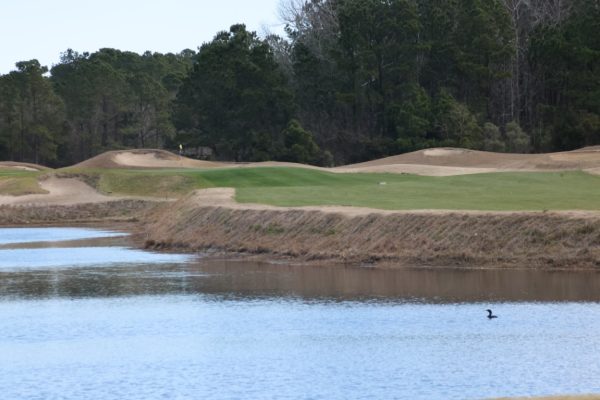
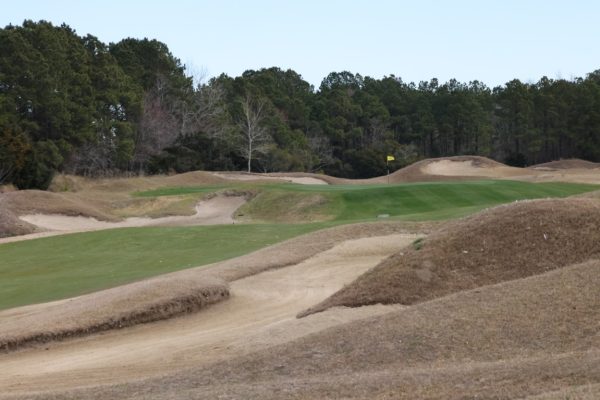
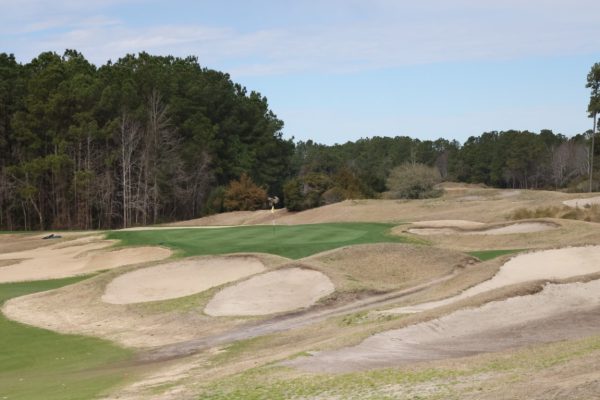
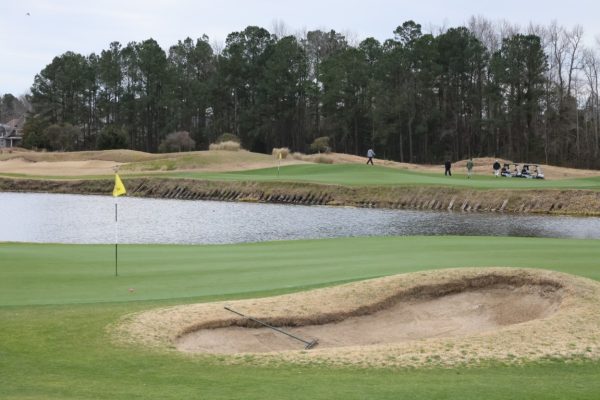

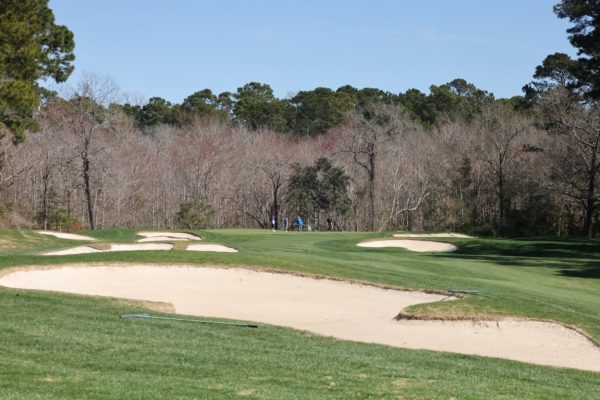
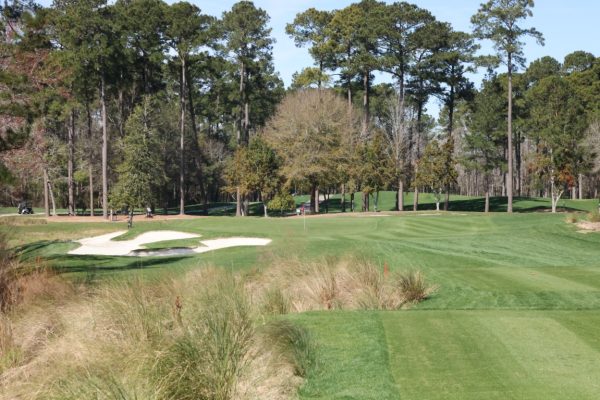
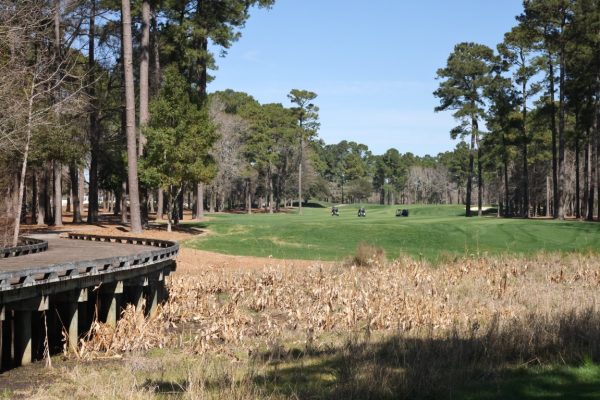

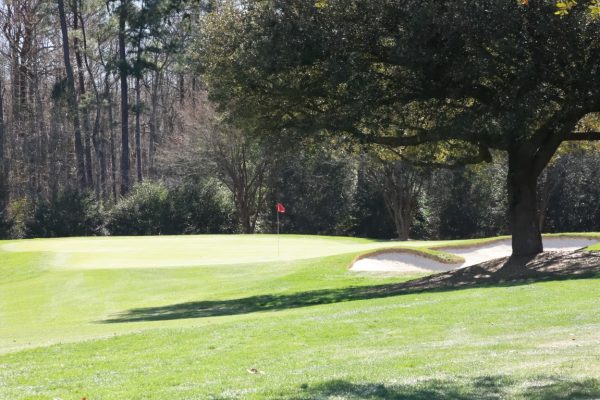
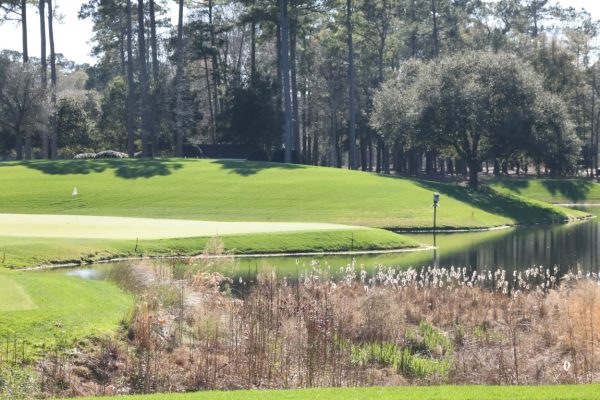
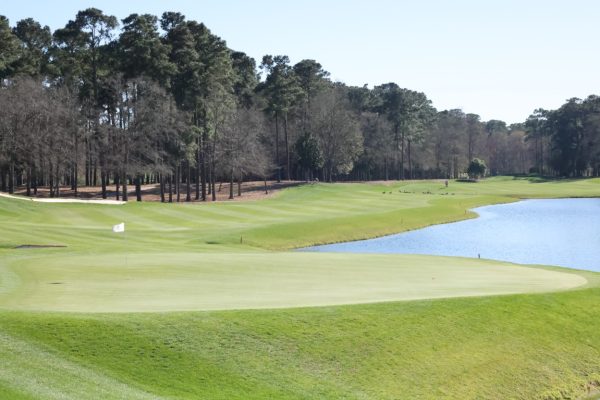
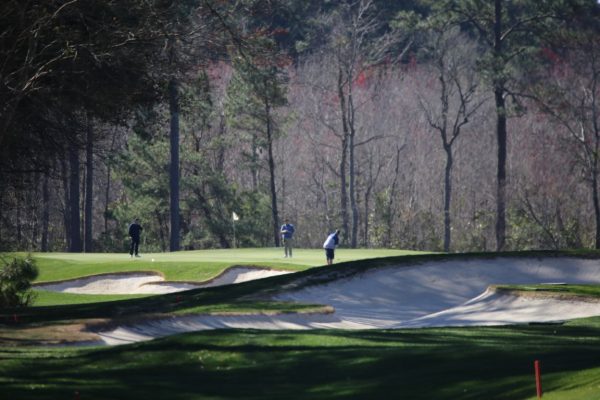
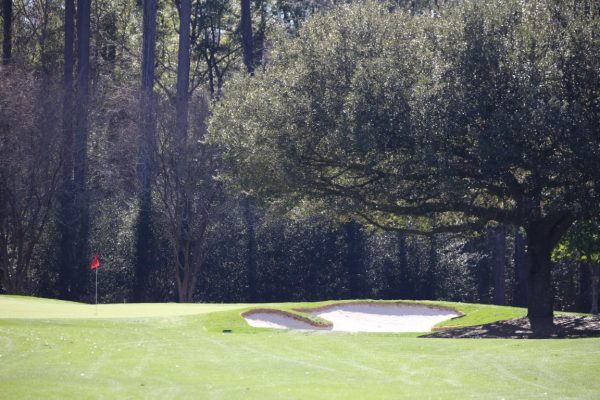
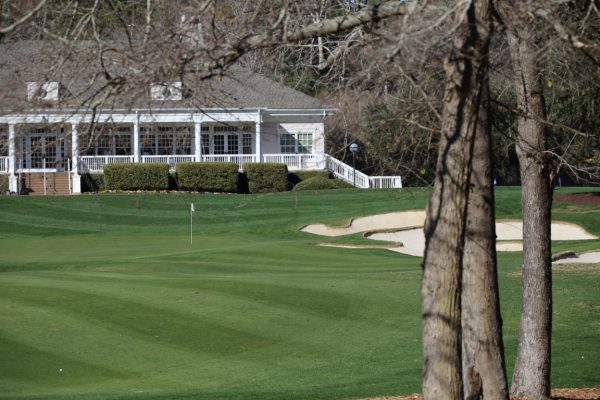
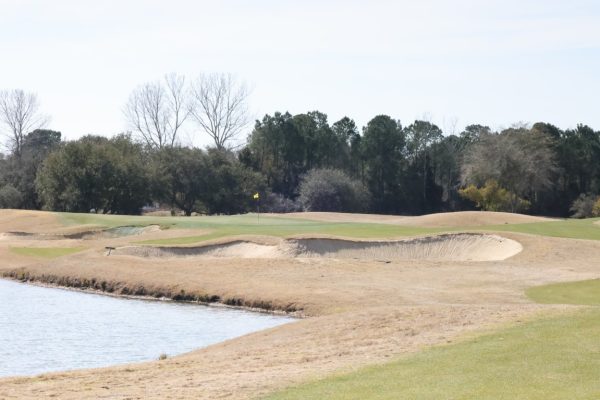

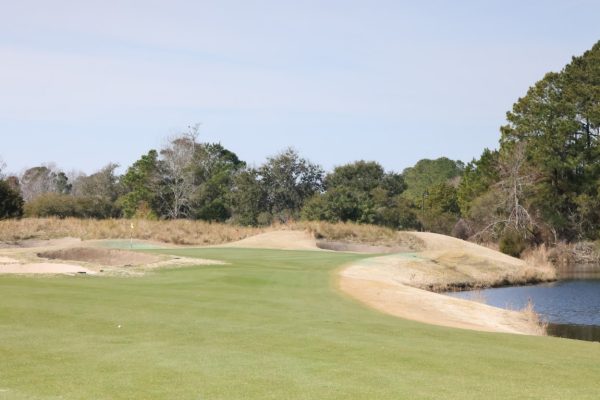
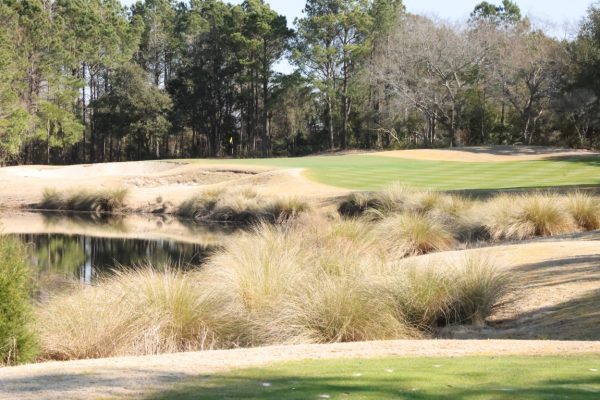


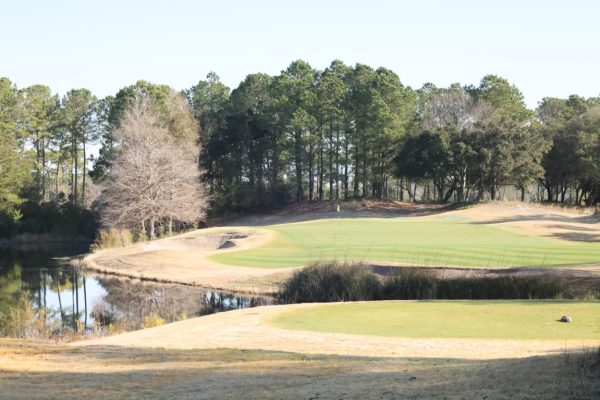

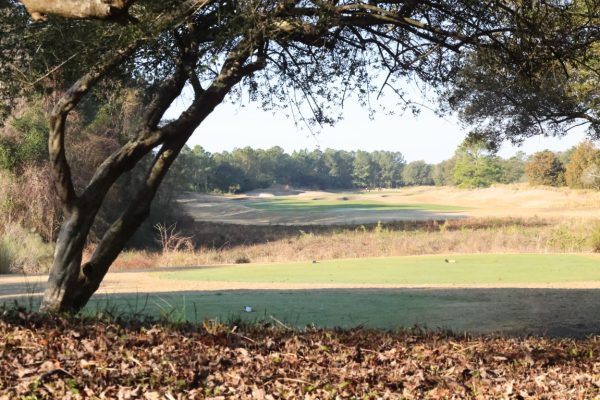
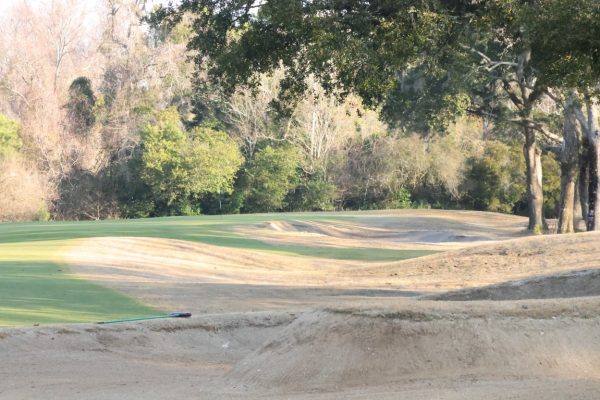
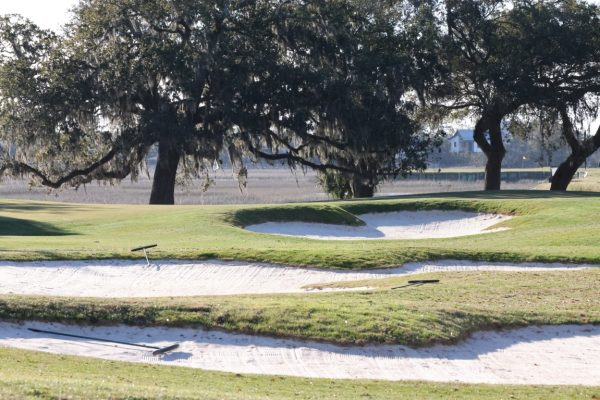
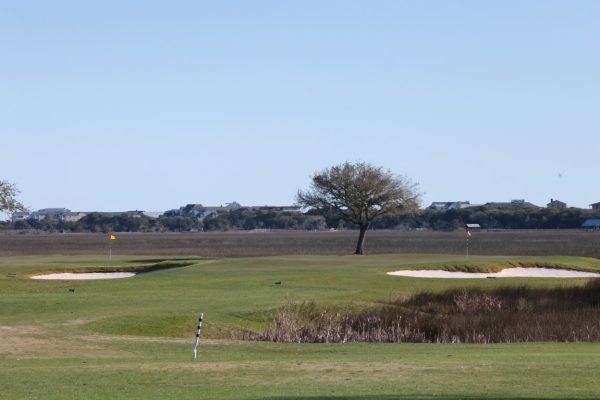
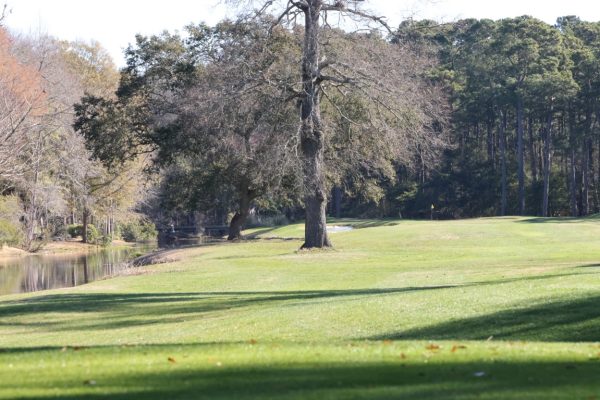
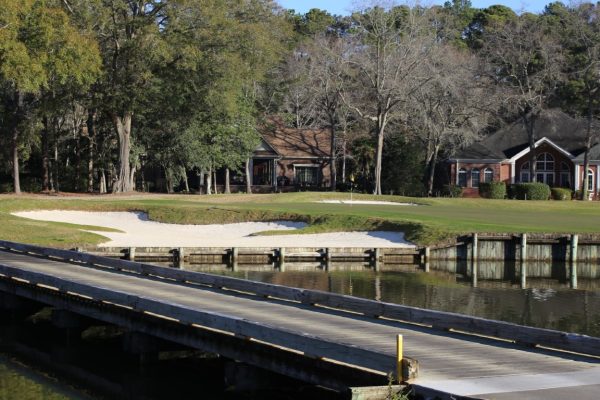
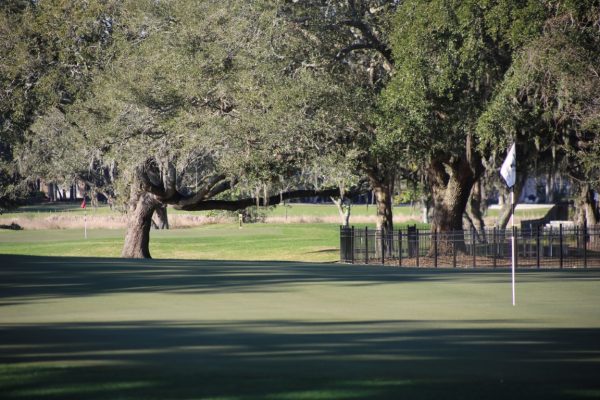
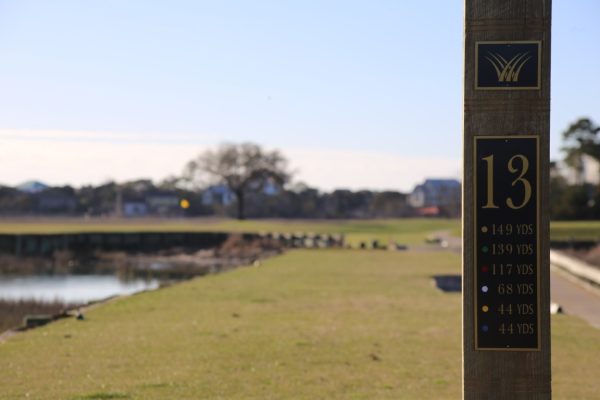
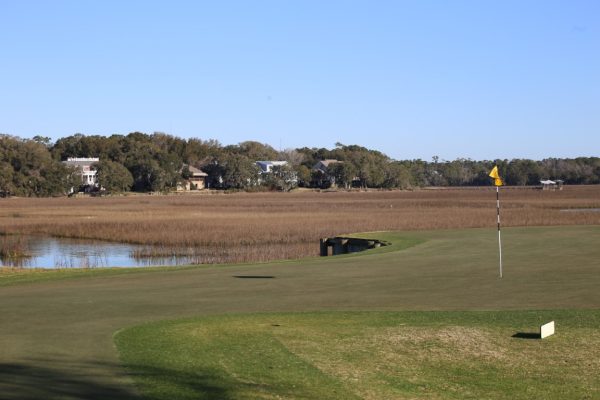
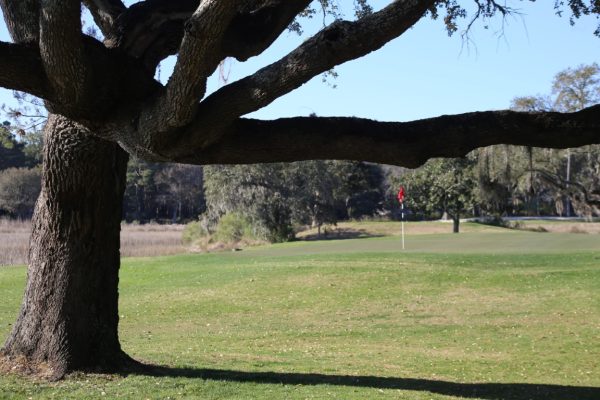
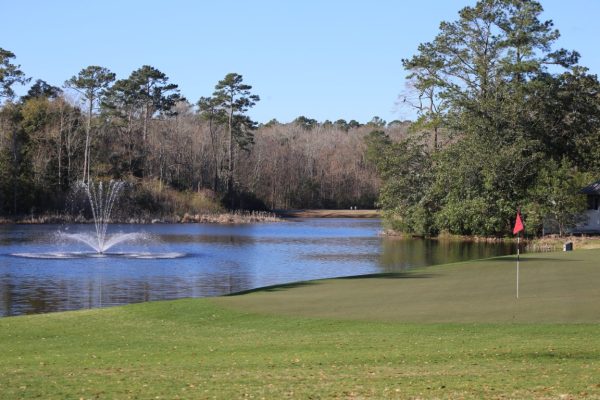
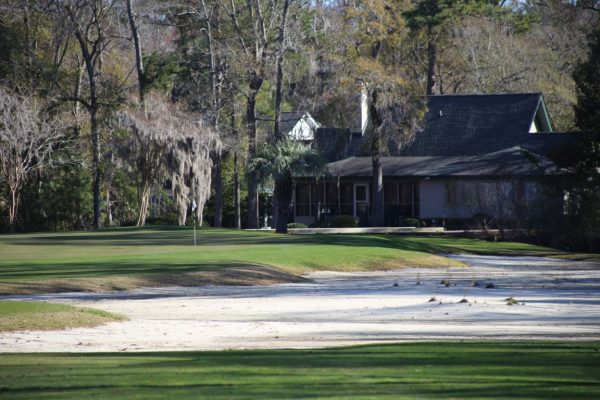












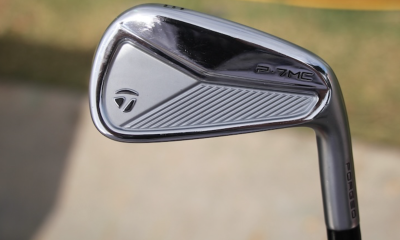

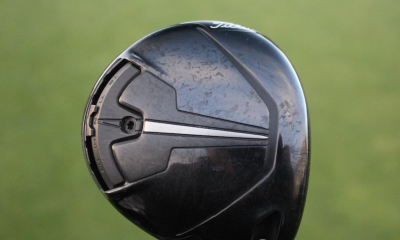



Gerry Teigrob
Apr 11, 2016 at 2:51 am
Tom, I know that we both agree about the importance of a customized set makeup. Just curious how many amateur golfers just get “custom fitted’ at a golf warehouse center such as Golf Town…I have been working with GolfTec and have seen better success there due to a more accurate testing and fitting based on the key dynamics you suggest
That be part of an actual club fitting. I am happy that I got properly fitted, and I have my GolfTec coach, Clinton, to thank! I would suggest that not getting properly fit means you might as well give your golf buddies their money at the first tee!
Gerry Teigrob
Apr 10, 2016 at 5:56 pm
Hi Tom. Just curious how many amateur golfers think that just playing clubs off the rack and getting “fitted” at a golf superstore like Golfsmith or Golf Town is an Ctual fitting? I think that is akin to giving your amateur opponents extra strokes. I have been fortunate to get fitted with my full set of Redline irons and matching hybrids. I am still working with GolfTec to refine things further. I find GolfTec has it right…they understand what it means to be fitted properly and they eliminate the typical bloated shots that I would typically see at GolfTec Town. I highly recommend a complete clubfitting! I appreciate my coach Clinton at GolfTec and I am sure that will definitely put me on the road to golfing success in the summer ahead!
Gerry Teigrob
Apr 10, 2016 at 4:41 pm
Hello Tom. Just curious about set makeup…how poorly do mos
tlmck
Feb 17, 2015 at 2:28 am
I carry a 10.5 degree driver, a 17 degree hybrid, and a 22 degree 4 iron thru SW in 4 degree increments. With my putter, that is 12 clubs which is all I need. I do not swing as fast anymore, but I am still a good ball striker so I can fill in gaps as needed with different types of shots.
jj
Feb 12, 2015 at 1:51 am
Anyone hit the new Grafalloy red for 2015?. I think the specs are the same but different graphics? Just wondering,,,,, love the shaft. Thanks
MT
Feb 11, 2015 at 6:44 pm
Hi Tom,
I have seen your comment on the web that MB irons has no real advantage to CB. Regardless of them having smaller smash factor my observations measured by Trackman are that MB irons are much faster than CB (the bigger CB the faster MB against that – up to 5 mph club speed with the exact same shaft). Can you please give your thoughts on that.
thanks,
Mark
Tom Wishon
Feb 12, 2015 at 10:46 am
MArk:
There is absolutely no scientific basis for an MB iron head design to be able on its own to offer a higher clubhead speed over a CB or any other iron model type. Any slight size difference with the MB being smaller is just not even close to being able to do this. It just can;t happen from the design itself.
When a golfer picks up a different club and automatically achieves a higher clubhead speed, the reasons for this from all of my research into this over the years point toward something in the combination of the length + shaft weight + total weight + headweight + balance point of the club being much better matched to the golfer’s swing timing, tempo, rhythm, sense of feel. Such that with the club the golfer then achieves a much more free, unrestricted timing and rhythm and release of the club that leads to the higher speed. With better players, any of these spec differences do not have to be huge to combine to have this effect. but the only way this can be known for sure would be to have both irons to measure every single one of these specs to then compare them individually to see what’s different.
But I can assure you there is nothing about any aspect of a MB head design vs a CB head design that could be the cause in and of itself of the increase in clubhead speed.
Jeff
Feb 13, 2015 at 6:22 am
Thanks for the article. Sadly by following your advice my bag would have a 5 wood and a 3 iron as my options for driver lol. I can hit my driver all day on the range as soon as I get to the tee box to the trees it goes. How does one improve their over all game If one of the more important clubs in the bag cant ever be used.. I can crush my 3 iron consistently off the tee but that really expensive driver I own really needs some use!
Tom Wishon
Feb 13, 2015 at 12:42 pm
JEFF
The first key in trying to get the driver to be more of a help than a hindrance for golfers who truly struggle with the club is to start all over from scratch with a much more “radical” change to the driver than you have ever tried before. First you want to have the driver not be more than 43″ in length. Then to experiment with the headweight using lead tape to add a little, hit shots, add a little, hit shots and look for when you start to notice that you truly can FEEL the presence of the head during the swing, but yet it is not feeling like it is so heavy that you have to make more of a physical effort to swing the club through to impact. Also to be sure the loft on the driver is higher than normal, such as at least 15* of loft. With such a driver, you have a tee shot club that would be much closer to the specs of the 5 wood that you can hit OK. And with the higher driver loft still being lower than the loft on the 5w, and with the 43″ length being probably only around an inch longer than the 5w, you would have a length that is closer to a length you know you can control, but yet has a little bit more length to possibly combine with the loft to get you more distance off the tee than you get when you use the 5w off the tee.
Obviously the best way to get a driver like this is going to be to work with a custom clubmaker who could build such a driver from scratch for you. Hope this helps.
MT
Feb 13, 2015 at 2:16 pm
Thanks Tom. I tested (as I own all of them) the clubs MB, CB and bigger CB on same shafts with same specs such as swing weight etc – all made by the same clubfitter. In fact the feel can be a major contributor to higher speed but I thought it might be something towards transition/release. The same speed difference was experienced by others in front of me. And we are not
MB fanboys trying to find support
for using them. In
fact all of them play some
sort of CB irons.
bwoody01
Feb 11, 2015 at 1:44 pm
Interesting read. I might look for an adjustable 3/4 hybrid now, to change out the 4 iron occasionally. I could see where the explanations might benefit.
Even though I can hit my 4 iron (20.5 degrees) higher when needed, as well as my 2 hybrid (setup at 17.25), I tend to flight the ball lower (on purpose). I live in Texas. We have seasonal strong winds at times here and a high ballooning/ spinning shot is bad news when the wind is up.
‘Texas based players’ tend to have lower launching setups for wind purposes specifically.
I played with Wes Short Jr a couple times and all his launching apexes were very low, regardless of the club he used. It looked like they never got above 25-35 feet for this very purpose. I also watched Angel Cabrera once hitting 4 irons, full swing, on the range at Redstone Golf Club and they never got above 25 feet I bet. They were “in the air” for sure and going at rocket ship speeds. So, maybe factors of where you ‘play your golf’ also come into play.
Some of us don’t have endorsement deals and tour vans following us around to tweak shafts, club heads, lofts, lie angels on the fly, so, I don’t think I am going to do much for my setup on my next round. I know for a fact that the tour pros tweak things during an event and week to week – depending on course set up and weather forecasts. I would guess most of us don’t have this luxury…
No mention of putters here!? I have been informed to use lighter weighted putters for faster less grainier greens and conversely for slower grainier greens. Thoughts?
cdvilla
Feb 11, 2015 at 11:57 am
Plus it’s always fun to go buy gear… 🙂
cody
Feb 11, 2015 at 11:54 am
While i appreciate your insight as a club designer and fitter. This smacks to me a someone pitching that more clubs, to the extent of three drivers, a few fairway woods, a hybrid or three, and an extra wedge if you can fit it in is the way to better golf. Sounds like I need about three sets of clubs to play a single round.
Teaj
Feb 11, 2015 at 1:01 pm
I swap out a 2 iron utility and 3 hybrid depending on the course and conditions ie wind that day so I get his point of having more clubs. if you cannot afford more clubs figure out what best suites your game and the conditions that you play in.
JR
Feb 11, 2015 at 2:18 pm
Smart golfers always have different clubs available for different playing conditions.
Sounds like can learn something from them.
cody
Feb 24, 2015 at 4:56 pm
I didnt say an extra club our two is a bad idea. i just said, based off this article that it sounds like Mister Wishon is proposing a lot more than an extra club.
Gerry Teigrob
Apr 13, 2016 at 8:25 pm
By swapping clubs, Cody, you can in fact change your set makeup without buying a lot of extra clubs. I know some amateur players who are in the Golf Industry and have as many as 7 or 8 sets but they are donated to them by golf manufacturers. Most of us are fortunate to have two sets, leave alone one! I prefer two sets to prepare for as my game improves. Few actually have that luxury. I can see where Tom’s coming from!
Dave
Feb 11, 2015 at 11:38 am
Tom-
Thanks for all of this detailed insight so far! As a teaching professional I constantly straddle a line between what I can teach a student to do, and what changes I can make in their equipment to better suit their game. I’ll admit that I have probably “unsold” many a new set of clubs to students who were certain that new technology was their golden ticket to breaking their personal bests. All too often when comparing a set of clubs to their own, we just didn’t see enough difference to justify the (high) cost. I will however say, that properly gap fitting a player hasn’t been something I do often enough.
I am curious about your statement of finding the longest controllable club. How would you feel about fitting a high handicapper with only those clubs that they can hit consistently (relatively speaking) 75% of the time. How would someone’s scores change if say the longest club they ever hit off the ground were a 6 iron? Never giving them the option to even attempt a 3-hybrid off the grass until they can prove their skill.
I would also like to know solely based on clubhead speeds, is there a minimum loft iron you stop at when fitting?
Thank you for all this great info on proper fitting! Will this be available as a compiled write-up when you are finished or will I need to get copying and pasting?
-Dave
Tom Wishon
Feb 11, 2015 at 2:19 pm
DAVE:
it happens quite frequently with good clubfitters that a golfer who can’t hit a 3, 4, 5 iron can hit a hybrid or fwy wood of the same loft with a higher level of consistency than the iron. The main reason is because fwy woods and hybrids usually have a LOWER center of gravity than the iron and ALWAYS have a much more rear located CG than the iron. Couple that with lengths that are not more than 1″ longer than the irons being replaced and the avg to less skilled golfer has clubs for these lower lofts that they can hit with more consistency than the irons. Not 100% consistent but typically 30-50% MORE consistent than the iron because of these factors.
I’m now making more of an effort to always design a 9w with any set of fwy woods and am thinking of taking that into an 11w as well because you can take a 7w, 9w and 11w and build them shorter than what they normally would be as a fwy wood to be either the same length or 1/2″ to 1″ longer than the iron of the same loft and you do end up with clubs at lofts of 21, 24/25, 27/28 that are most definitely easier to hit than irons of the same loft.
Hybrid wise since there are hybrids out there up through a 6 iron loft, if you fit the golfer with the hybrids of the same loft AT THE SAME LENGTH as the irons he’s struggling to hit consistently, this too can be a very effective way to get clubs into the bag that the golfer can hit more consistently than the irons of those same lengths.
As a designer, I am very much against the std lengths that so many companies build their hybrids to have which are anywhere from 1″ to 2″ or more than the irons of the same loft. When this is done, it creates a distance gap that is too great between the first iron and the last hybrid and it also can duplicate the distance of fwy woods the golfer may have. Longer length is such a killer for avg to less skilled players. By going shorter with the iron replacement clubs, whether they be fwy woods or hybrids, you then complement the lower and more rear located CG of the wood/hybrid with lengths that help offer greater on center hit consistency. And distances then fall into sequence up from the irons much better too.
Fitting is and shall always be more a matter of increasing percentages of improvement, not completely eliminating poor shots. Get a golfer 10 more yards with the driver, reduce his slice by 30%, get him 2-3 more fwys hit per round, 2-3 more greens hit, 3-4 more 2nd shots that get closer to the green than before, and it all adds up a little here and a little there to result in real game and score improvement. Proper fitting will virtually never turn a 22 into an 8, an 18 into a 6, or a 13 into a 5, but it can turn the 22 into a 13-14 or the 18 into a 12-13 or the 13 into a 9, and those levels of improvement most definitely are tangible and will make the golfer enjoy the game more.
Josh
Feb 11, 2015 at 9:19 pm
How should I attempt to have my hybrids (21 and 18*) cut down to be more iron length? From butt end…tip end…combo? Or should have it taken to a club fitter to determine the shafts characteristics? Looking for a cheaper way to get this done.
J.R.
Feb 11, 2015 at 11:09 pm
@Josh:
You generally take the grip off and cut from the butt end, not the tip end.
Then re-grip the club.
That’s the least expensive way to get this done, and it is done very easily as well. Many folks do it themselves if they are DIY’ers, but your local golf shop could do it reasonably cheaply if you aren’t so inclined.
Trimming from the butt causes negligible change in shaft flex characteristics.
As a rule of thumb, I read in a Ralph Maltby article (Golfworks component company founder) that trimming the tip 1/2″ would have the same frequency effect as trimming the butt end a full two inches. In other words, trimming from the tip has four times greater effect on shaft frequency than trimming from the butt end does. Trimming the tip a half inch would usually change most shafts only about a quarter of a flex stiffer, which most golfers wouldn’t even notice.
Thus, you could take two inches off the butt end and still have barely any change in shaft frequency/stiffness. It will, however, make the club swingweight change to a lighter feel, so you may want to add some lead tape to back of the clubhead if you later find that it feels too light. You may not even notice a difference. More experienced golfers generally would, while casual golfers may not.
If even needed, the tape can be purchased at a local golf shop. Then just experiment a bit with strips of tape until you get the feel that you like.
Hope this helps answer your question about your 18* and 21* hybrids.